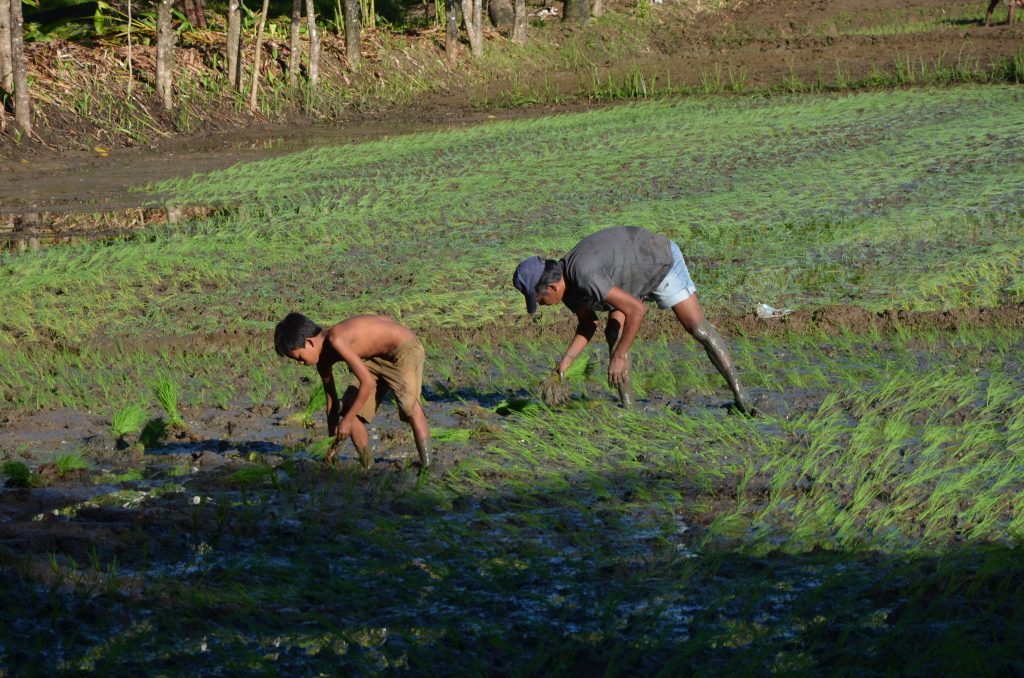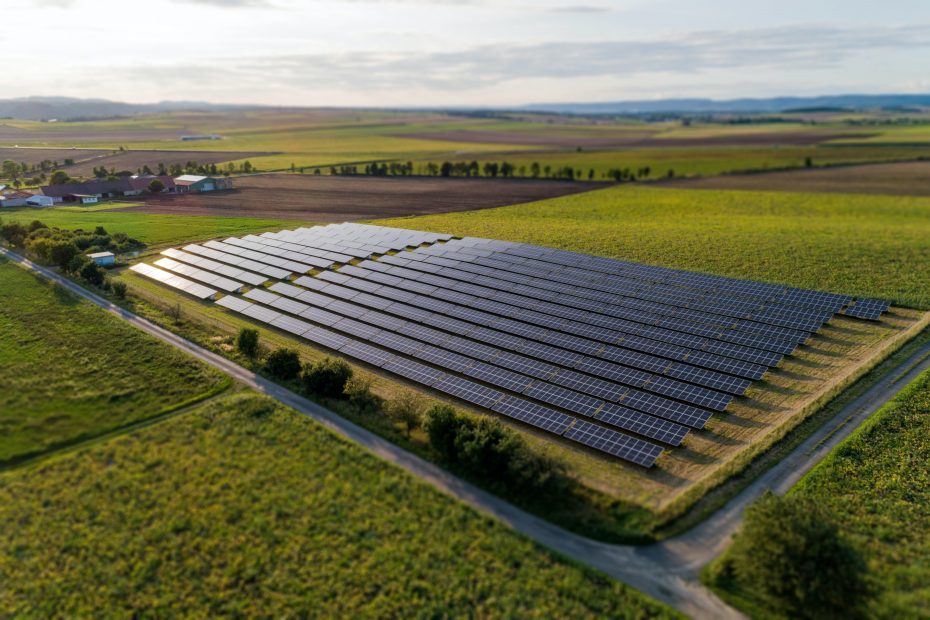Agriculture is a massive contributor to pollution and global warming. Common agricultural practices cause roughly 10.5% of the total greenhouse gas emissions in the United States alone. And our time is limited – the usual excuses for these damaging activities just won’t cut it anymore.
It seems counterproductive, but a traditional irrigation system can actually have negative effects on the environment. Among these are soil erosion, evaporation rates, water pollution, and algal blooms. These concerns beg the question of whether irrigation as we know it is truly sustainable or not.
The way that a traditional irrigation system is set up, plants are exposed to more water than they need which can harm them. Sprinkler-type flows can dampen the foliage and encourage rot or microbe growth. Going even deeper into the issue, excessive water loss caused by the evaporation of surface water can be problematic in times of drought. The excess water can even start leaching the soil of fertilizer and nutrients. This causes irreparable damage to the arable land and pollutes groundwater.

Our farmers have been looking for more eco-friendly and economical solutions to this dilemma. Thankfully, innovation never stops. A new solar irrigation system offers a unique solution that tackles several of these problems all at once.
At CAANA PH, we always strive to use the most sustainable methods in our projects. This is why we’ve pioneered the implementation of solar power irrigation systems in the Philippines. Our goal is to make this technology accessible and more widespread in our country’s agricultural community.
What is a Solar Power Irrigation System?
Solar power irrigation harnesses the sun’s energy to supply water to a field. It differs from a traditional irrigation system which uses a lot of fossil fuels that harms the environment. Agriculture is a very expensive industry, and the rising costs of the resources needed to maintain the business is a major cause for concern.

A solar irrigation system is easy to install, requires minimal upkeep, and uses the cleanest energy you can get today. Below is a quick list of all the things you need to know before you invest in your own solar irrigation system for your farm.
How does it work?
There are two important mechanisms that allow your solar irrigation system to work properly. First, let’s discuss the power source that controls the water supply, then the method of irrigation itself.
- Solar irrigation mechanism
The dedicated power system consists of only a few pieces of specialized equipment. These are the batteries, charge controllers, and the panels themselves. The components can vary depending on the specific needs of the setup, but these are the essentials.
The solar panels power a water pump that moves water through a filter and into a pressure reducer. This prepares it for transferring the water into the drip system itself. The mechanism uses large feeder lines to collect it and divert it into sub-feed lines. Finally, the water is directed into the drip tubes for a controlled delivery.
It’s entirely possible to control the amount of water being used and the amount of time the system is active. Not only does this prevent the over/underwatering of the crops, it also saves on energy consumption.
- Drip irrigation
Drip irrigation is ideal for maximizing the resources being used for each plant. The drip tube is situated at the base of the plant to deliver water directly to the roots. The rate of evaporation is negligible here, since it’s almost instantly absorbed by the soil. It also prevents excess runoff that can cause drastic soil erosion, which is a major agricultural problem.
The nature of drip irrigation also allows you to dispense water at a slow but steady pace to the crops. Rapid watering will just leave the water above the surface to evaporate, or spread horizontally. Vertical root growth is ideal for cultivating healthy plants, and this is encouraged by a slower rate of watering. By giving the water more time to penetrate the soil, it can absorb deeper into the ground.
Why solar power irrigation is better
Now you’re aware of how solar irrigation works, but why is it a much better alternative compared to a traditional irrigation system? Check out these advantages that you can get just by upgrading to solar energy now.
- Water conservation
- Energy and time savings
- No more scorching of leaves
- Reduced risk of fungal contamination or rot
- Minimal nutrient leaching
- Sustainable, clean, and safe energy
Things you need to consider before investing in a solar irrigation system
All of these things have sounded great so far, but what’s the catch?
Like all big investments, solar irrigation also requires a lot of research before you jump in straight away. It’s a huge jump from using a traditional irrigation system, especially in the Philippines where solar energy is yet to take precedence over other types of fuel.
Cost is definitely the first thing to consider here. Solar panels can be expensive, even much more so in our country. Let’s not forget the installation costs, labor fees, and other legal requirements you need to complete before you can even set up your new irrigation system.
But on the bright side, it’s going to be a lot more sustainable in the long run. Your investment on all the equipment will pay for itself after a short while. When you don’t have to pay for expensive fuel or electricity anymore, you won’t regret anything!
Here are other things you should definitely check out before making the switch. We definitely recommend consulting with trusted experts regarding these. Whether solar irrigation is for you will definitely depend on the specifics of your situation, budget, and agricultural environment.
- ISO certifications and other accreditations
- Energy efficiency
- Landscape compatibility
- Maintenance
Why choose Caana PH?
We are a company that puts immense value on sustainability, growth, and positive development. As pioneers of the first solar irrigation projects in the Philippines, we want to do what’s best for our farmers. Preserving their land and business by seeking alternatives to harmful practices is only the first step.
You can always trust us with your dreams of a better future. Give us a call to talk about your plans, or get a quote on your next project. We can’t wait to build with you soon!
